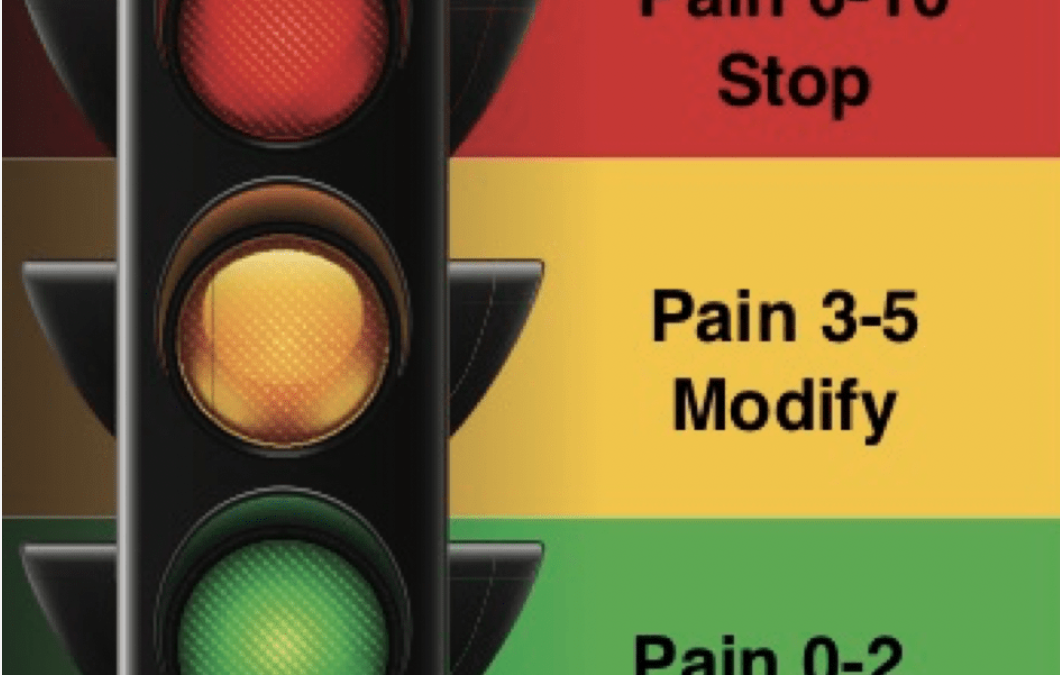2024 Best Running Shoe Review
Practical tips from the expert!

Julie Pham. Podiatrist, Physiotherapist, Ironman Triathlete.
Julie Pham provides a Sports Podiatrist’s and Physiotherapist’s insights to help you choose the best running shoe for you!
Changing Running Shoe Designs
Have you noticed how much running shoe designs have changed over the recent few years?
Marathon records are being broken with improvements in with how precise the shoe materials are being constructed with 3D technology. Fresher, bouncier foams like PEBAX have been created, as well as the use of carbon fibre plates within the midsole. These have given birth to the ‘Super Running Shoe’ for elite performance among experienced runners, and potentially improved performance for everyone! Even better, more people are taking up running and staying in it for longer.
Which Running Shoe is the best for me?
How do you pick the right running shoe after a couple of strides in the store? Is it enough to judge a shoe based on comfort alone especially when there is a previous injury at play?
Are you looking for a shoe for speed, for stability, to assist with current injuries or to try and prevent future injuries?
The Best Running Shoe Available
The choice of running shoe becomes an investment in not only our feet, but also our health. As a podiatrist and physiotherapist, as well as a triathlete, these are the best running shoes I recommend. Read on for practical tips to consider when selecting the right shoe.
Julie’s Top 4 Super shoes
- Nike Zoom X Vaporfly
- Asics Magic Speed
- New Balance FuelCell SC Elite
- Saucony Endorphin Speed
Are these running shoes for you?
Choose these shoes if you are an experienced runner looking to set a new PB! If you are not sure if these are the right shoe for you, make sure you seek the advice of an expert physiotherapist or podiatrist for a running analysis. These shoes can be expensive and are not right for everyone!
The positives:-
There is no doubt that these shoes will assist in propelling the runner quickly into toe-off and onto their next step. Experienced runners take advantage of the carbon plated stiffness which produces a high cadence turn over, meaning you pass over your feet faster. You will likely notice a faster running pace.
Things to consider
While this sounds ideal, you need to ensure you are strong and stable in your hip and knees as the loading forces on impact can potentially shift up your leg. If you haven’t trained in these shoes correctly, you may fatigue earlier in your race. We have also noticed a spike in injuries occurring higher up in the leg when runners haven’t transitioned into these shoes properly. The research is out as to whether all athletes respond to the benefits of the carbon fibre plate. Is it really just improvement in foam quality construction that has evolved drastically over this short period?
The downside
Another thing to keep in mind is that “Super shoe” running shoes are not designed to last for long. They have a shoe life of less than 300km and they will compress quickly. The fast rocker motion of the foot can also cause blisters and bloody toenails. Check the ‘stack height’ of these Super Shoes as anything greater than 40mm is illegal in some official marathon and triathlon racing events. There is also less material in the ‘upper’ of the shoe to make these shoes lighter, so the way your foot is encased might not feel as secure.

Running Shoes For Everyone!
Julie’s Top 4 Stability Running shoes
- Asics Kayano
- Hoka Bondi
- Brooks Adrenaline
- New Balance 860
Are these running shoes right for you?
These are often the running shoe for people new to running, who are heavy on their feet or who have had multiple injuries. If you fall into this category, we always recommend that you get professionally assessed and advised on the best running shoe for you. In addition, through our running analysis we can help put together an appropriate training program to help you get the most out of your running.
The Positives
Podiatrists love these models for addressing common foot biomechanical faults. Generally speaking, people who suit this category of running shoe are flat-footed and run heavy on their feet. They hit the ground hard and wear the treads of their shoes quickly.
These running shoes have been around for years. Shoe company technical reps work closely with podiatrist to ensure any updates to these models still maintain the classic stabilisation features for the foot and ankle. Stability shoes have more support in the rearfoot to assist with the ankle motion. They reduce ‘excessive pronation’ of the foot, especially when loading into the stance phase.
Things to consider
The midsole is often made with a dual-material construction with additional postings and guide rails to improve the durability of the shoe. This accounts for the additional expense when compared to their neutral model counterparts. They do last longer and it’s the classical case of “you get what you pay for!”
The downside
Often these shoes are a bit heavier. There is solid research to connect shoe weight and performance – lighter is faster!. Occasionally we see people “over-corrected” with rigid orthotics and stable shoes taking away the natural shock absorption of the foot. This can lead to upstream problems so make sure you chat to an experienced podiatrist/physiotherapist and runner to get the best advice on any injuries or pain you may have.
Top 4 neutral running shoes:
- Asics Nimbus
- Mizuno Wave Riders
- Brooks Glycerins
- Hoka Cliftons
Are these the running shoes for you?
The neutral shoe generally the choice of running shoe for someone who runs well without any injuries and would describe themselves as quite light on their feet.
Podiatrist who issue custom orthotics will generally help patients pick a neutral shoe so that it does not interfere with the prescription. Do not be concerned if your orthotics do get paired with a non-neutral shoe.
The Positives.
You will love the plush feel and bounce – the ‘cloud’ feeling. These running shoes will retail at a modest price point when compared with stability shoes and should maintain the same level of durability.
Things to consider
Sometimes a stability shoe is necessary when the foot biomechanics exceeds beyond what the orthotic can stabilise. You will know when the foot feels too controlled though, because your running pattern will slow. It will feel like you are running with bricks on the bottom of your feet! Let your podiatrist know if this happens.
The negatives
Neutral shoes are perfect for that midfoot to forefoot striker that pass through their landing without interference from their ankle or knee movements above. If you are not quite there and happen to pair yourself with a neutral shoe that doesn’t offer enough support, the shoe will wear down sooner and you may be more susceptible to injury.
Final Comments on running shoes
Did any of these running shoes match what you have. Or do you know someone who runs in any of these favourites mentioned above? Are there any brands or models that I’ve missed which you swear by?
Running shoe prescription is not a perfect science!The Star Physio experts keep up with the latest research and running shoe trends, but things change!

Running Analysis at Star
Choose your ideal running shoe.
Remember!
- while the running shoe model you select is great, your foot also needs to fit in them properly in the first place.
- The chosen pair has to suit the purpose you are using them for.
- You can get the footwear selection 100% right, but the sad truth is that sometimes it’s the engine unit that’s the problem (You!). Running shoes can only get you so far, but nothing can swap out a good strength and conditioning program to reinforce the engine itself. The groundwork may not necessarily start with the footwear.
- If in doubt, get in touch with the experts, particularly if you have any pain or injuries!
Expert Running Advice!
At Star Physio, it’s easy to preach advice that we practice. If you have any questions about your foot profile, footwear, running pattern, training or need advice on the right Strength and Conditioning program, our podiatrists and physios are here to help. Book an appointment here!
You may want to consider a RUNFit Running Analysis were all these components are assessed and you can get started on the right track. You will receive have a report with recommended running footwear as well as strength and conditioning exercise that will best suit your running.
There is power in understanding how you run, and being able to minimise your risk of injuries to keep doing what you love!
You can also read some more about running injury prevention and management here!
Call (08) 6424 9578 or book online if you would like to find out more.

Hamstring Injury
Hamstring injury treatment. Australian rules football is the most prevalent and physical sport in Australia, well known for the athleticism of the players to manoeuvre and kick an oval-shaped ball in various directions. For many years in AFL, hamstring strain has...

Jai Hindley Wins Giro!
Jai Hindley wins Pink! Perth's Jai Hindley's historic Giro D'Italia victory, and the winner's "Maglia Rosa" or Pink Jersey, is a long journey with many people involved over many years. Having a father who was a former high level racer and continuing cycling tragic was...

Best running shoes for injury
Choosing the best running shoes for injury. RUNNING SHOES AND INJURY Experiencing a running-related injury is a common part of the running experience that everyone from elite runners, to those starting their running journey may experience at some point. When we run,...

Top tips for walking fitness
Top Tips for Walking Fitness and Reducing Injury Risk! As the official Health and Fitness partners of the Walk for Women's Cancer , Star Physio WA’s Julie Pham (Podiatrist & Physiotherapist) offers her advice as you prepare for this special event, and for all of...

